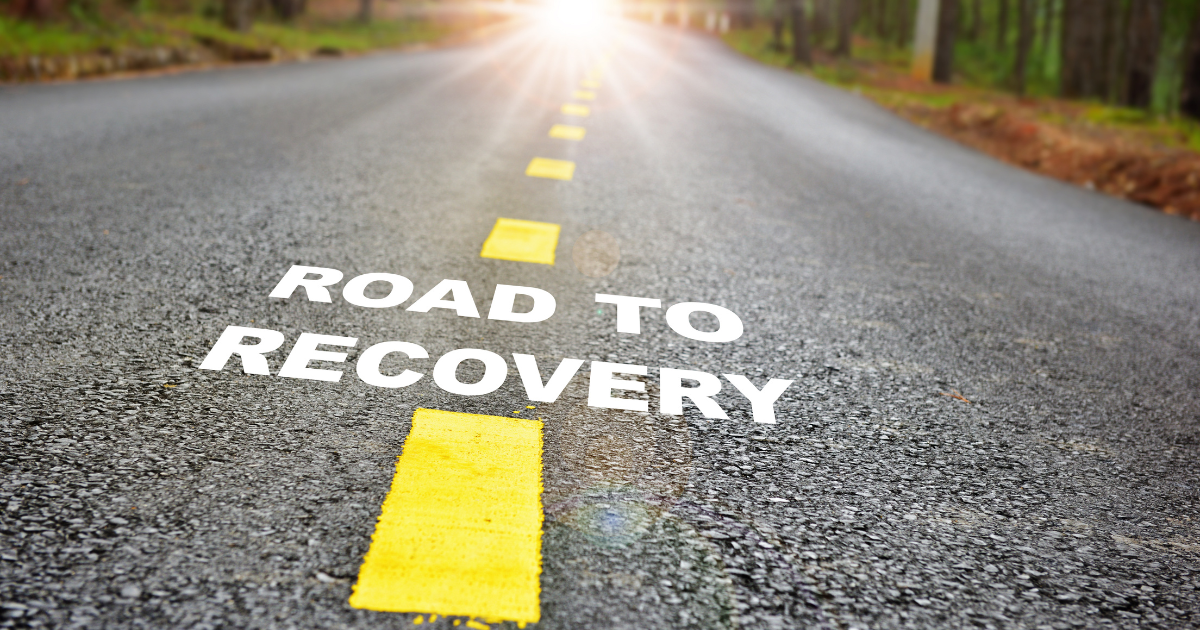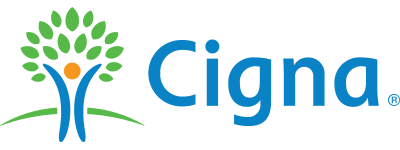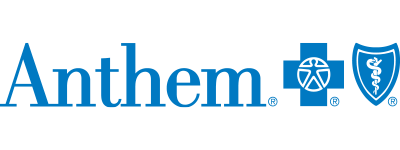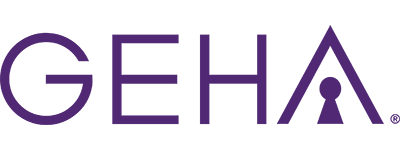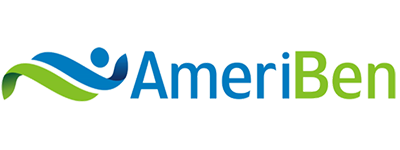Opioid addiction affects 2.1 million people in the United States.¹ Opioids are dangerous substances that can easily lead to an overdose, putting your life at risk. If you or a loved one has experienced an opioid overdose, it can help to know what the recovery process can be like. Learn more about an overdose and what to expect from opiate overdose recovery.
Understanding Opioid Overdose Risks
Taking opioids, whether legal or illegal, can quickly lead to building tolerance for the drug. Your body stops responding as powerfully to the same dosage, leading you to use more of the drug to get the effects your body craves.
An overdose occurs when opioids excessively stimulate the part of your brain that controls breathing, leading to respiratory depression.
Anyone who uses opioids can experience an overdose, but some factors can increase your risk. These include:
- Combining opioids with alcohol
- Taking more opioids than prescribed
- Injecting drugs
- Using drugs of unknown purity
- Crushing or breaking slow-release pills
The symptoms of an opioid overdose include:
- Slow or weak breathing
- Blue tinge to lips or fingernails
- Choking
- Cold or clammy skin
- Unconsciousness
- Inability to speak
- Pinpoint pupils
Getting medical attention is vital if you suspect an opioid drug overdose.
Treatment for an Opioid Overdose
The main emergency treatment for an opioid overdose is Naloxone (Narcan). Naloxone is an opioid antagonist, attaching to opioid receptors in your body to block and reverse the effects of the opioids in your system. It can restore normal breathing in anywhere from two to five minutes.
Naloxone comes as a nasal spray and as an injection. The injection can be administered into a muscle, under the skin, or into a vein. It is effective for anywhere from 30 to 90 minutes, so overdose symptoms can still return without additional medical assistance.
If you suspect someone is experiencing an overdose, call for help first and then administer Naloxone if you have it. Try to keep the person breathing and awake by rubbing their chest with your knuckles and turning the person on their side to prevent choking.
Opiate Overdose Recovery Process
How long the opiate overdose recovery takes depends on many factors, including the person’s overall health, dosage, and how quickly they received assistance.
If there is damage to organs — which can occur with opiate overdoses because they can prevent oxygen from reaching the brain — the recovery can take longer.
Although Naloxone can relieve some overdose symptoms almost immediately, others can linger for weeks or months. You may experience gastrointestinal problems, concentration difficulties, memory loss, and disrupted sleep patterns.
To avoid putting yourself in danger of another overdose, it is vital that you get professional help for opioid addiction.
Opioid Addiction Treatment
After surviving an opioid overdose, turning to addiction treatment can help you break free from addiction.
Medication-assisted treatment (MAT) may be an option to help you detoxify without experiencing the worst withdrawal symptoms. The right medications can also prevent serious cravings that can interfere with your recovery and lead to a relapse.
Residential treatment programs can guide you through the beginning stages of recovery. These programs offer an intensive care level that monitors you 24/7 to ensure you get the most out of treatment. During inpatient treatment, you will have individual therapy sessions to get to the root of your addiction and learn how to cope with triggers and difficult emotions without resorting to drug abuse.
You can also receive help for co-occurring mental health conditions during residential treatment. Mental health conditions that can affect your addiction recovery if untreated include:
- Anxiety
- Depression
- PTSD
- Bipolar disorder
- Borderline personality disorder
- Eating disorders
- Trauma
Because co-occurring disorders feed off one another, treating both simultaneously is vital.
For those who do not want to enter residential treatment, outpatient programs can offer the help you need.
Outpatient programs like partial hospitalization programs (PHPs) offer many hours of individual and group therapy sessions each day while letting you return home at night. You can also participate in 12-step programs and family therapy to help you start rebuilding the relationships that addiction may have impacted.
Intensive outpatient programs (IOPs) offer more freedom than PHPs. They are best suited for people with a supportive home environment and who do not need medication management. Although treatment hours are fewer, you still receive individual and group therapy sessions.
Extended care programs can be important when transitioning between structured treatment and regular life. These programs focus on relapse prevention training as well as life skills training. They also encourage you to join 12-step programs and can recommend other after-clinic options if you do not have a safe home environment to return to.
Get Help for an Opioid Use Disorder
An opioid use disorder is a life-threatening condition. To avoid putting yourself at risk of a fatal overdose, the best thing you can do for yourself is to ask for help.
At Wolf Creek Recovery, we offer intensive treatment programs to help you understand what has caused the addiction and how to break free from it. We rely on behavioral and holistic therapies and 12-step programs that can encourage you to stick to sobriety.
Call Wolf Creek Recovery today to learn more from an “opiate rehab near me.”
Sources:
[1] https://www.ncbi.nlm.nih.gov/books/NBK553166/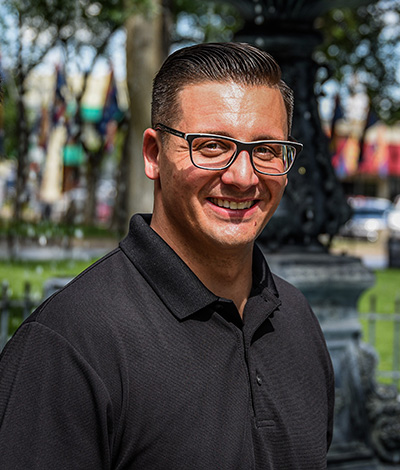
Finding purpose in pain is what Jonathon does best. He is a strong advocate for those suffering from substance use disorders. As a person in recovery, Jonathon knows how important it is to receive empathy and compassion. He recognizes that each person comes from a different set of circumstances and deserves to be valued and respected.
With a fresh perspective and compassionate attitude, Jonathon works closely with clients to help them let go of the past and know when to take necessary risks. The recovery process is ongoing, which means people need to move forward while applying the skills learned in treatment. Jonathon is a great motivator when it comes time for this!
Jonathon also places emphasis on the family unit and how it can make or break the recovery experience. Individuals with active, supportive families have far better outcomes. Jonathon realizes that it’s impossible to move mountains overnight, but with the right support team and positive attitude, anything is possible.
